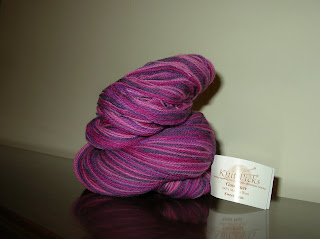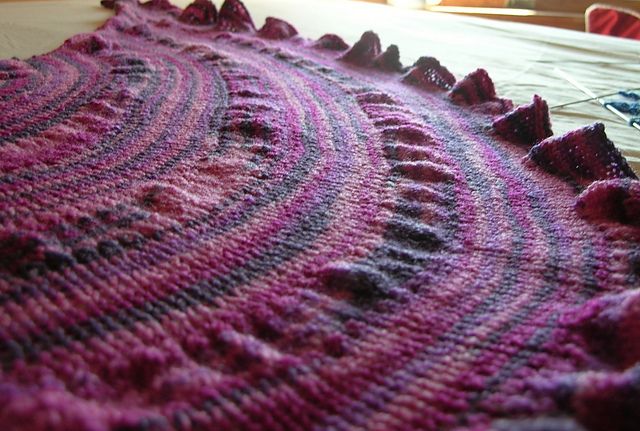First - Gray Area Houndstooth
55% Bamboo, 35% Wool, 10% Angora


Fabric is fabulously dense yet drapes luxuriously, and displays a slight aura from the Angora. It feels absolutely divine in hand.

 The yarn used here was Paton's Angora Bamboo. The yarn sheds a bit in handling, but not excessively so - it does have some angora in it, after all - and otherwise has a nice solid feel. It is ‘toothsome’, like al dente spaghetti, if you’ll forgive the comparison. However, of the 4 balls used, 2 had splices in the form of enormous knots, which would have had to be cut out even in knitting they were so bloated.
The yarn used here was Paton's Angora Bamboo. The yarn sheds a bit in handling, but not excessively so - it does have some angora in it, after all - and otherwise has a nice solid feel. It is ‘toothsome’, like al dente spaghetti, if you’ll forgive the comparison. However, of the 4 balls used, 2 had splices in the form of enormous knots, which would have had to be cut out even in knitting they were so bloated.It did not fuzz out as much as I expected with the angora, I suppose the bamboo keeps it in line mostly. Yarn held together nicely during washing, displaying no fraying, so the fringe was left loose.
Second - Dreamsicle Houndstooth
50% Silk, 25% Cotton, 25% Rayon

Please forgive my camera, it thinks this is far more toward red than it is in person. Actual color is closer to the color of a clementine's peel, perhaps a hint darker.
The fabric has a comforting weight and smells pleasant due to the natural fragrance of silk. The yarns are neither soft nor scratchy nor slick. The feel is more..."rustic". It was woven with the idea of a solid but not overly insulating spring scarf, but may also be at home as a table runner.
The yarns are slightly different in grist as well as texture, making the orange squares stand out a bit. It turned out very well. It was a delight to weave, both for the textural and color interest, and also for that lovely smell of silk.

 The yarns used were Svale Dale of Norway/Dalegarn (white) and Shibu Ella Rae (orange). I have knitted with the Dale of Norway, and it is of very 'splitty' cabled construction with very little give. It has poor twist and is rather stringy, in fact. Weaving with it is fine, but due to the structure, or lack thereof, the fringe had to be twisted to prevent unraveling.
The yarns used were Svale Dale of Norway/Dalegarn (white) and Shibu Ella Rae (orange). I have knitted with the Dale of Norway, and it is of very 'splitty' cabled construction with very little give. It has poor twist and is rather stringy, in fact. Weaving with it is fine, but due to the structure, or lack thereof, the fringe had to be twisted to prevent unraveling.By contrast, Ella Rae has nice construction, with a puffy rustic feel, and a lovely natural fragrance as it is 90% silk. I suspect it would be nice to knit with, though I have not tried. Loose ends unravel only slightly after washing.
I very much liked weaving the 2x2 structure with the differently textured yarns, and would highly recommend trying it to all my weaving friends. It makes for a very interesting fabric.















































